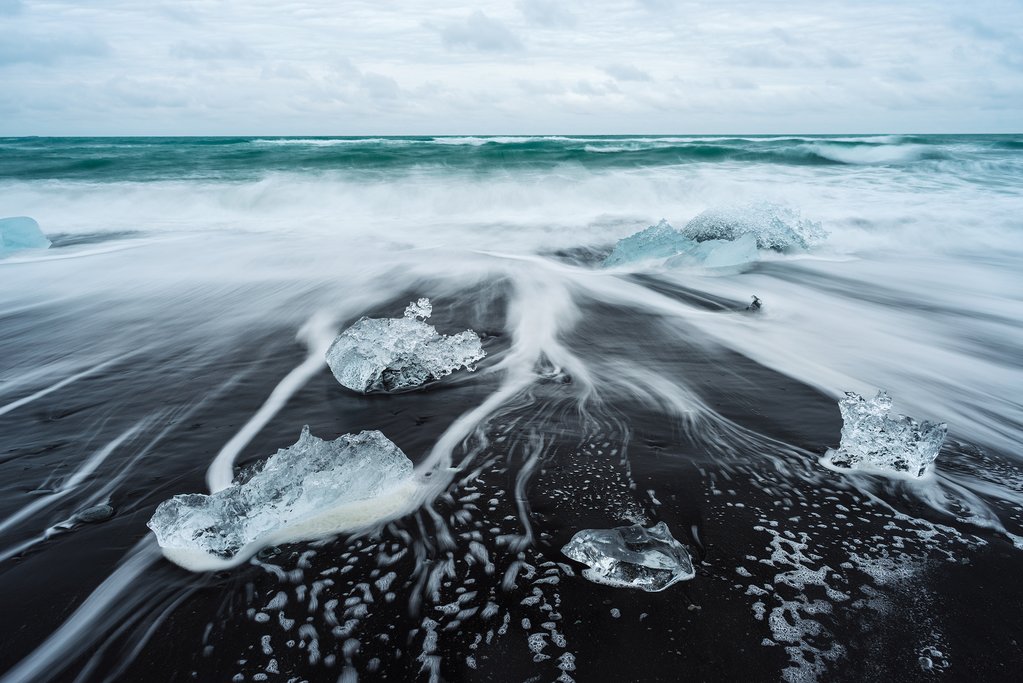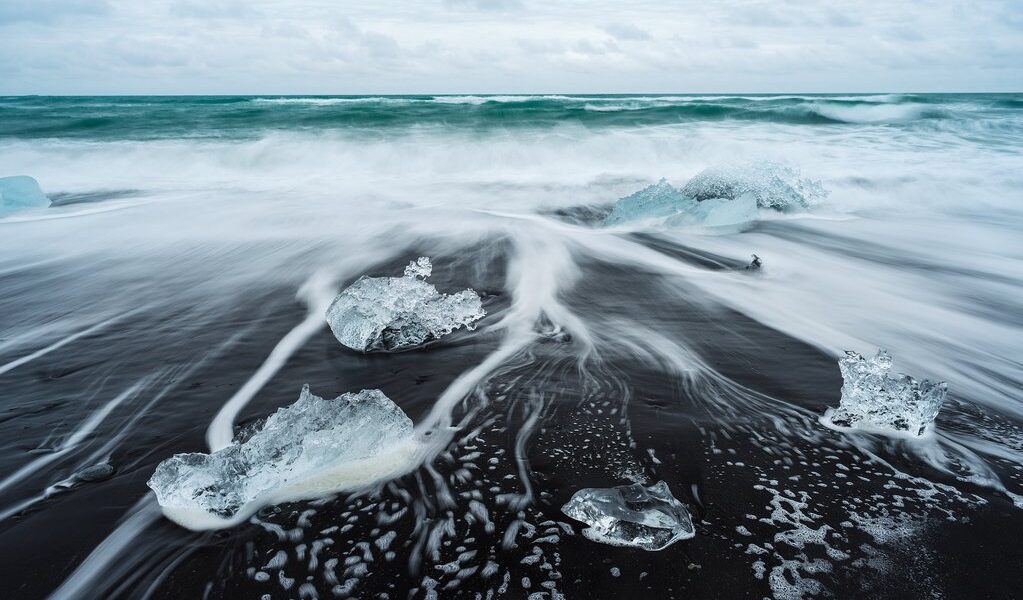
With travel to the small island nation on the rise, Iceland has become uniquely cosmopolitan, bustling with new hotels, restaurants, and exciting things to do. To help you get a general idea of what to expect and how to prepare for your trip, we put together a guide of frequently asked questions that will help you navigate the country better, from must-try foods to the perfect time to see the northern lights.
## Exploring Iceland: Your Comprehensive Guide
Iceland, a land of fire and ice, offers a unique and unforgettable travel experience. From its stunning landscapes to its vibrant culture, there’s something for everyone in this Nordic nation. Here’s a detailed guide to help you plan your trip to Iceland, covering everything from transportation and currency to safety and packing tips.
### Getting to Iceland: Your Gateway to Adventure
Iceland’s primary international airport is Keflavík International Airport, located approximately 31 miles (50 km) southwest of Reykjavík. This airport handles the vast majority of international flights, making it the most convenient entry point for most travelers.
Reaching Reykjavík from Keflavík International Airport is relatively straightforward. Numerous bus companies provide transfer services, ensuring that you can easily find transportation to the city, even without prior reservations. These buses offer a comfortable and convenient way to travel, allowing you to relax and enjoy the scenery as you make your way to the capital.
In addition to Keflavík International Airport, Iceland also has several smaller airports that primarily cater to domestic flights. Akureyri Airport, situated near Akureyri in the north, and Reykjavík Domestic Airport are the largest of these. These airports are primarily used for internal travel within Iceland, offering connections to various regions of the country.
For travelers flying from the United States, Icelandair provides the most direct flight options. A significant advantage of flying with Icelandair is that they allow you to check in one bag for free, making it a cost-effective choice for those who need to bring extra luggage.
### Financial Matters: Credit Cards, Cash, and Tipping
Credit cards are widely accepted throughout Iceland, making it easy to pay for goods and services. Visa and Mastercard are the most commonly accepted credit cards, as all Icelandic banks service them. This widespread acceptance of credit cards eliminates the need to carry large amounts of cash.
While most businesses readily accept credit cards without requiring a PIN number, there may be instances, particularly at some gas stations, where a PIN is necessary. This is similar to practices in the US, where using a debit card at the pump may result in a temporary hold of a substantial amount (around $200) on your bank account. This hold is typically released within a few days. Some gas stations may also require you to purchase a prepaid gas card inside, but you can usually use a credit card for this transaction.
Despite the prevalence of credit card use, it’s advisable to carry some cash for emergencies. US dollars (USD) or euros are generally accepted in most situations where cash is required. Having a small amount of cash on hand can provide peace of mind in case of unforeseen circumstances.
Tipping is not a major part of Icelandic culture. Service charges are typically included in your bill. However, if you feel inclined to tip a server or guide, a 10% tip is usually considered sufficient. Icelanders generally receive good wages, and tipping has not traditionally been a widespread practice.
### Electrical Considerations: Adapters and Converters
Iceland utilizes Northern European electrical standards, operating at 220 volts with Europlug sockets that have two round prongs. To use your electronic devices in Iceland, you will need an adapter with a type “F” or type “C” plug, both of which are commonly labeled as Northern European.
Before packing your bags, it’s crucial to check the voltage labels on your appliances to determine whether you’ll also need a converter. If your appliances are not compatible with the 220-volt standard, a converter will be necessary to prevent damage.
Most hotels in Iceland provide hairdryers in the rooms, so you can generally leave yours at home. If you happen to forget to pack your adapter or converter, they are readily available for purchase at Keflavík Airport and at many hotels.
### Safety in Iceland: A Secure Destination
Iceland is renowned for its safety. According to the Global Peace Index, Iceland was ranked as the safest country in the world in 2019. Violent crimes are extremely rare, contributing to the country’s overall sense of security.
While petty crimes have seen a slight increase, this is largely attributed to the growth of the tourism industry. As a precaution, it’s advisable to exercise your usual level of caution when in public places, such as keeping an eye on your belongings and being aware of your surroundings.
The primary safety concerns in Iceland revolve around road conditions and weather. It’s essential to stay informed about these factors, especially if you plan on driving or hiking.
To enhance your safety, consider downloading the 112 Iceland app. This app allows you to call for help in case of an emergency. If you’re venturing off the beaten track or hiking in remote areas, you can also use the app to check in your location. This feature enables authorities to locate you more easily if you get lost.
Vedur is a valuable weather app managed by the Icelandic Meteorological Office. It provides up-to-date weather forecasts and warnings. The Iceland Road Guide is another useful resource for navigating the country’s roads, offering information on road conditions and closures.
### Iceland’s Size and Layout
Iceland covers an area of approximately 40,000 square miles (103,600 sq km) and has a population of around 330,000 (as of 2016). The majority of the population resides in Reykjavík, the capital city. To put Iceland’s size into perspective, the US is about 95 times larger. Iceland is roughly the size of the state of Maine.
Iceland’s main road, known as the Ring Road, encircles the entire island, covering approximately 828 miles (1,333 km). A typical Ring Road itinerary usually spans between 8 and 12 days, allowing ample time to explore the country’s diverse landscapes.
Many of the most popular attractions are located in the south of Iceland and can be reached within a couple of hours from Reykjavík. The Vatnajökull glacier and the Jökulsárlón glacier lagoon are farther afield, situated approximately 231 miles (372 km) from the capital.
### Currency Information: The Icelandic Króna
The official currency of Iceland is the Icelandic króna (ISK). As of early 2018, ISK 100 was worth approximately USD $1. It’s advisable to check current exchange rates before your trip to ensure you have the most up-to-date information.
### Visa Requirements for US Citizens
US citizens can stay in Iceland as tourists for up to 90 days without a visa within a 180-day period. However, it’s essential to ensure that your passport is valid for at least six months beyond your travel dates.
### The Best Time to Visit Iceland: Year-Round Appeal
There’s no single “best” time to visit Iceland. The country offers a range of exciting activities and experiences throughout the year.
Winter, often considered the off-season due to rainy and snowy weather and long nights, is actually an excellent time to witness the Northern Lights, go dogsledding, or explore the naturally formed ice caves at Vatnajökull glacier. Airfare and hotel prices tend to be lower during the colder months, making it a budget-friendly option.
### Duration of Your Trip: Tailoring Your Itinerary
Most visitors spend between 5 and 10 days in Iceland. However, a shorter trip is possible if you have limited time. If you’re planning a three- to four-day visit, focus on day trips from the Reykjavík area. Consider exploring the Reykjanes Peninsula, the South Coast, and the Golden Circle.
With a full week, you can also include the Snæfellsnes Peninsula and parts of the Westfjords in your itinerary. A ten-day to two-week trip provides ample time to drive the entire Ring Road and explore the entire country at your own pace.
### Language Barrier: English Proficiency in Iceland
Most adults in Iceland are fluent in English. It’s uncommon to encounter someone who doesn’t speak English, especially in the service industry. This widespread English proficiency makes it easy to communicate and navigate the country.
### Cost of Travel: Budgeting for Your Trip
Iceland is generally considered an expensive country. As of this writing, it’s about 74% more expensive than the US. A meal in an inexpensive restaurant in Reykjavík will cost around $20, which is slightly more than in New York City. Liquor is also quite expensive, and all liquor stores, known as Vínbúdin, are government-owned. Grocery stores only sell beverages with an alcohol content of 2.25% or less.
If you’re traveling on a tight budget, consider preparing most of your meals. Grocery store chains like Kronan, Bonus, or Netto offer affordable options.
### Getting Around Iceland: Transportation Options
While organized tours are available, renting a car provides the most freedom and flexibility to explore Iceland’s natural sights. Iceland has one main road, the Ring Road, that encircles the entire country. This makes it relatively easy to navigate.
If you plan to explore less-visited regions, such as the West or Eastfjords, it’s crucial to be aware of road conditions and seasonal road closures. Many dirt roads throughout the country are only accessible with a 4WD vehicle. Exercise extreme caution when driving off-road and always heed road signs indicating permitted areas.
### Packing Essentials: Preparing for Iceland’s Weather
Despite its name, Iceland isn’t perpetually freezing cold. The climate is moderated by warm currents in the Atlantic Ocean. However, the weather in Iceland is notoriously unpredictable.
It’s essential to be prepared for all types of weather conditions, particularly if you’re visiting in winter. Essential items include good hiking boots, a wind- and rainproof jacket, a warm hat, gloves, and a scarf. Regardless of the season, pack a bathing suit for enjoying Iceland’s numerous natural geothermal pools.
### Icelandic Cuisine: A Culinary Adventure
Seafood, lamb, and dairy products are staples of Icelandic cuisine. However, vegan and vegetarian options are also readily available. In recent years, the food scene in Iceland, especially in Reykjavík, has flourished with exciting new restaurants catering to diverse tastes.
While in Iceland, be sure to sample traditional dishes such as fermented shark and *skyr* (yogurt).
### Witnessing the Northern Lights: A Magical Spectacle
Iceland is renowned as an ideal location to witness the Northern Lights. However, sightings are not guaranteed. Aurora borealis displays depend on cloud coverage and the sun’s activity. The best chance of seeing the Northern Lights is typically after 11 pm in the winter months when darkness prevails.
You may need to embark on an “aurora hunt” to find a location with minimal light pollution. However, locals say that if the sun’s activity is strong, you can even see the Northern Lights from downtown Reykjavík.
Consider downloading the Aurora app, which provides real-time updates on the best locations for viewing the Northern Lights.
### Daylight Hours in Winter: Maximizing Your Time
The shortest days in Reykjavík occur at the end of December, with the city experiencing just over four hours of daylight. During the winter months, the sun typically rises after 10:30 am and sets around 4 pm. It’s essential to plan your activities to make the most of the limited daylight hours.
B-1137

